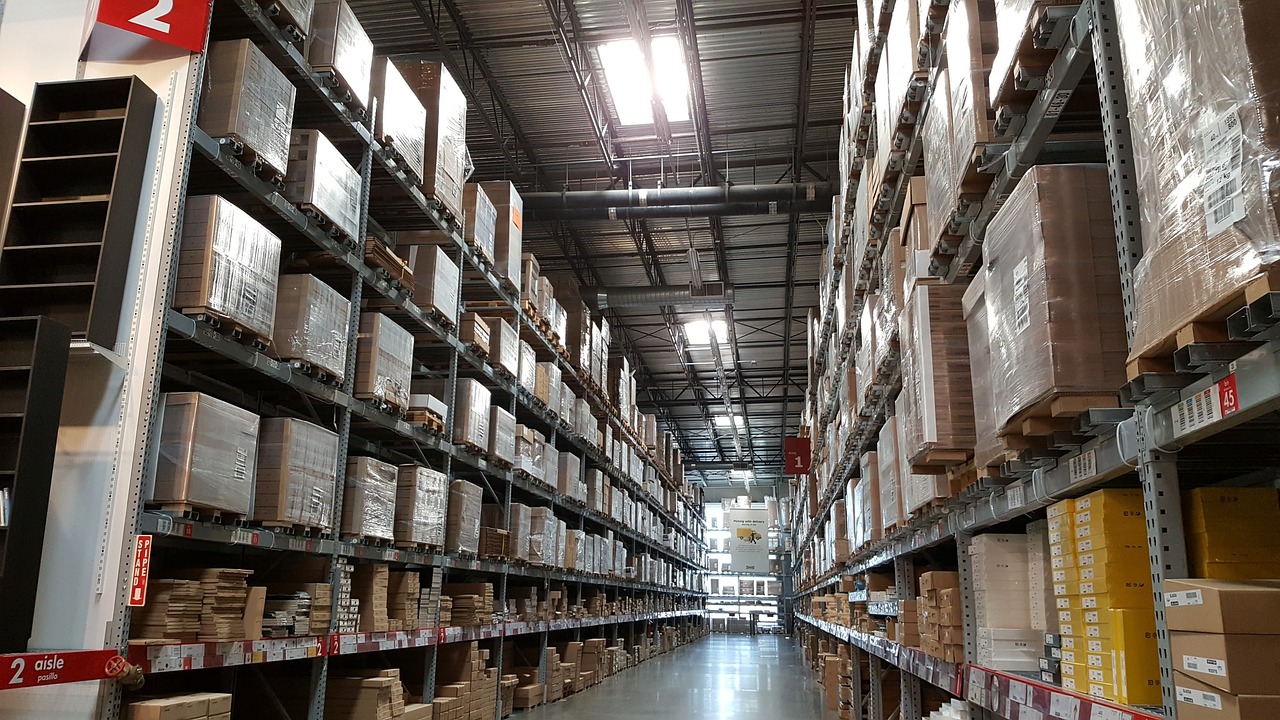Safety standards are an essential aspect of the manufacture and use of seeded paper. In this article, we take an in-depth look at the various standards and regulations that govern this exciting area. From manufacturing methods to usage guidelines, we'll discover how these standards ensure consumer safety and protect the environment. Join us as we take an informative dive into the world of safety standards for seeded paper.
Secure manufacturing: Compliance with safety standards and regulations

The manufacture of seeded paper requires particular attention to safety standards to ensure the quality of the end product and the safety of users. The standards and regulations governing this process cover a wide range of aspects, from the selection of materials to the handling of chemicals.
Selection of materials: Safe ingredients for healthy paper
The first crucial step in making seeded paper is selecting the base materials. Manufacturers must ensure that the fibres used to make the paper are safe and free from contaminants. They must also choose non-toxic, certified seeds to ensure that they pose no risk to the environment or human health. Safety standards dictate the strict criteria that these materials must meet to be used in the manufacture of seeded paper.
Manufacturing processes: Safe methods for quality products
Once the materials have been selected, manufacturers must follow secure manufacturing processes to produce high-quality seeded paper. This includes steps such as mixing the fibres, adding the seeds, pressing and drying. Safety standards specify safe working conditions, the necessary personal protective equipment and chemical handling protocols to reduce the risk of accidents and injuries in the workplace. By complying with these standards, manufacturers ensure the safety of their employees while producing products that meet quality standards.
Quality control: Rigorous tests to ensure compliance
Another essential component of safety standards in the manufacture of seeded paper is quality control. Manufacturers must carry out rigorous tests on every batch of paper produced to ensure that it meets established safety and quality standards. This can include tests for strength, pH, seed germination and the presence of contaminants. Products that do not meet specified standards must be rejected or recycled to avoid any risk to end users and the environment. By implementing strict quality control protocols, manufacturers guarantee the reliability and safety of their products.
User guidelines: guaranteeing a secure experience for users

Safety standards for seeded paper are not limited to manufacturing, but also encompass usage guidelines to ensure a safe experience for end users. These guidelines provide clear instructions on how to use, handle and dispose of seeded paper safely and responsibly.
Planting and maintenance: Growing in complete safety
One of the main uses of seeded paper is planting to encourage the growth of plants and flowers. Instructions for use detail how to plant seeded paper to promote successful germination and healthy plant growth. This can include instructions on soil preparation, planting depth and aftercare to ensure successful planting. By following these guidelines, users can maximise their chances of success while minimising risks to the environment.
Storage and handling: Preventing damage and accidents
The instructions for using seeded paper also include recommendations on the safe storage and handling of the product. It is important to store the seeded paper in a cool, dry place, away from moisture and direct sunlight, to preserve the viability of the seeds. In addition, users should handle the seeded paper with care to avoid damage to the embedded seeds. The guidelines provide advice on how to handle the seeded paper to prevent damage and maximise its effectiveness.
Ecological disposal: Reducing environmental impact
When seeded paper reaches the end of its useful life, it is important to dispose of it in an environmentally friendly way to minimise its impact on the environment. The instructions for use provide advice on appropriate methods of disposing of seeded paper, such as composting or recycling. Some suppliers even offer return or take-back options for used seeded paper, allowing it to be reused or recycled responsibly. By following these guidelines, users can help reduce their environmental footprint while enjoying the benefits of seeded paper.
Awareness-raising and education: Informing users about good practice
Finally, instructions for use play an important role in raising awareness and educating users about good practice in relation to seeded paper. Manufacturers and distributors often provide detailed information on their websites, packaging or marketing materials to inform users on how to use seeded paper safely and effectively. This can include advice on selecting appropriate seed varieties, optimal growing conditions and precautions to take to avoid potential risks. By providing this information, manufacturers and distributors can help to ensure a positive user experience while promoting sustainable and responsible practices.
The importance of compliance: guaranteeing security and trust

Ensuring compliance with safety standards is crucial for manufacturers, distributors and users of seeded paper. Not only does it ensure the safety of products and people, it also builds confidence in the industry and promotes sustainable market growth.
Regulatory compliance: Meeting legal requirements
Regulatory compliance is a top priority for seeded paper manufacturers. They must comply with a range of government laws and regulations that govern the manufacture, labelling and marketing of products. This often includes specific product safety requirements, such as toxicity testing, risk assessments and compliance reporting. By complying with these regulations, manufacturers ensure that their products are safe to use and meet the highest quality standards.
Certification and accreditation: Recognising excellence
Obtaining third-party certifications and accreditations is an effective way for manufacturers to demonstrate their commitment to safety and quality. Independent bodies, such as ISO (International Organization for Standardization) or ASTM International (formerly American Society for Testing and Materials), issue certifications attesting that products meet specific safety and performance standards. Manufacturers who obtain these certifications can proudly display their commitment to excellence and inspire consumer confidence.
Social responsibility and ethics: Promoting sustainable practices
As well as complying with safety standards, seeded paper manufacturers also have a responsibility to promote social and ethical practices in their supply chain and operations. This can include initiatives such as respecting workers' rights, protecting the environment and contributing to local communities. By taking a holistic approach to corporate social responsibility, manufacturers can enhance their reputation, build customer loyalty and contribute to a more sustainable future for all.
Training and awareness-raising: Educating and informing
Finally, training and awareness-raising are essential to ensure that everyone involved in the seeded paper industry understands safety standards and best practice. Manufacturers must provide adequate training for their staff on safety procedures, current regulations and emergency protocols. Similarly, distributors and end-users must be made aware of the potential risks associated with seeded paper and the measures to be taken to avoid them. By raising awareness among all those involved, we can ensure a safe, responsible and prosperous seeded paper industry.
Safety standards play an essential role in the seeded paper industry, ensuring quality, safety and consumer confidence. At every stage of the supply chain, from manufacture to end use, these standards ensure regulatory compliance, product quality and environmental protection. Manufacturers, distributors and users must work together to ensure compliance with these standards and promote sustainable and responsible practices.
By complying with safety standards, seeded paper manufacturers demonstrate their commitment to product excellence and safety. Third-party certifications and accreditations reinforce this assurance, providing consumers with an additional guarantee of quality and compliance. In addition, manufacturers' social and ethical responsibility helps to reinforce their reputation and commitment to sustainable practices.
Training and awareness-raising are also essential to ensure product safety and user protection. By educating everyone in the industry about safety standards and best practice, we can ensure that seeded paper is used safely and responsibly.
In conclusion, safety standards are a fundamental pillar of the seeded paper industry, ensuring safety, quality and confidence throughout the process. By adhering to these standards, we can continue to promote a sustainable and environmentally friendly industry, while offering consumers safe and reliable products.

